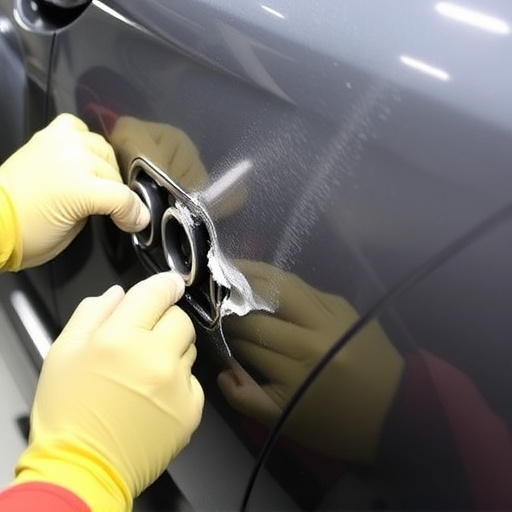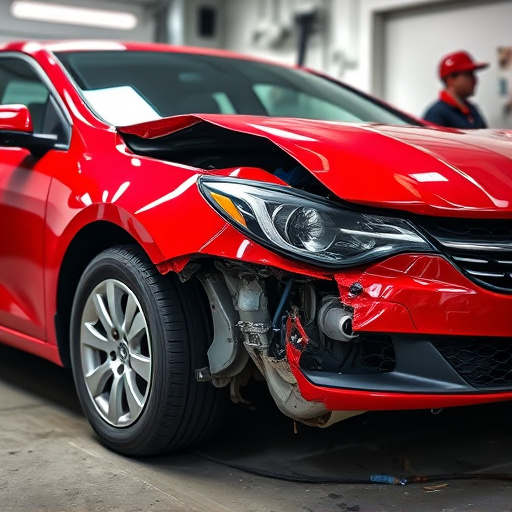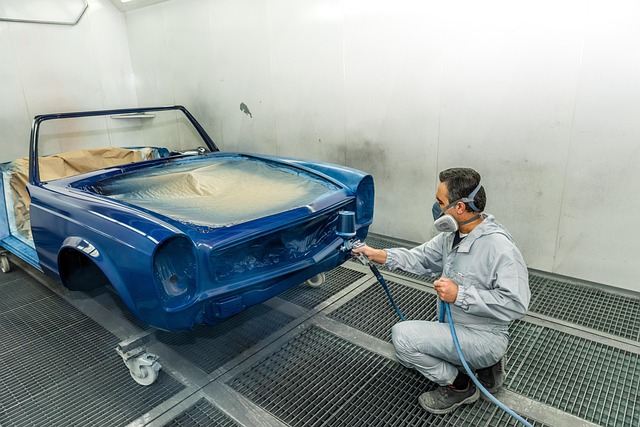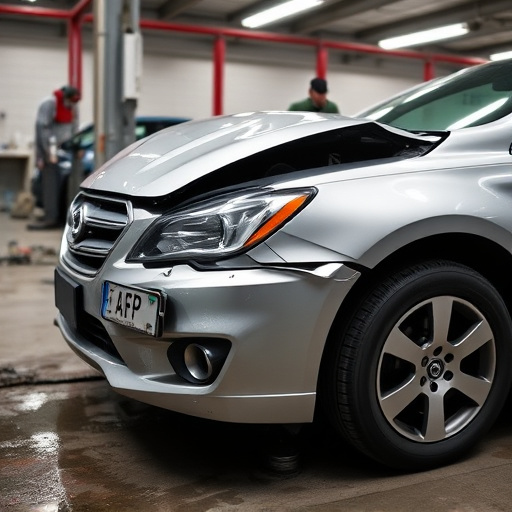Undercarriage inspections and repairs are vital for vehicle efficiency. Regular checks prevent fuel waste caused by damaged components, improving performance and saving money. These repairs, along with collision center services, enhance aerodynamic design, reduce friction, and restore structural integrity, contributing to environmental sustainability.
Undercarriage inspection and repair are essential strategies for enhancing vehicle fuel efficiency. This article delves into the critical components of the undercarriage, their role in overall performance, and how regular inspections can significantly impact fuel economy. We explore effective repair techniques that not only fix issues but also upgrade the undercarriage to optimize efficiency. By understanding and implementing these practices, drivers can contribute to reduced fuel consumption and lower operating costs.
- Understanding Undercarriage: Key Components and Their Role
- Impact of Regular Inspection on Fuel Efficiency Strategies
- Repair Techniques: Enhancing Efficiency Through Undercarriage Upgrades
Understanding Undercarriage: Key Components and Their Role
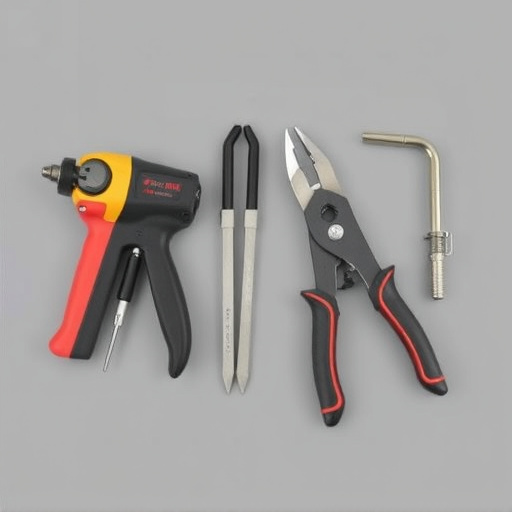
The undercarriage, often overlooked yet vital to a vehicle’s overall performance and efficiency, comprises several critical components that work in harmony to ensure smooth driving. This intricate system includes parts like exhaust systems, suspension, fuel lines, and brakes, all of which play a crucial role in how efficiently your car converts fuel into power. A well-maintained undercarriage is essential for optimal fuel efficiency; any damage or malfunction can lead to increased fuel consumption and reduced performance.
Regular undercarriage inspection repairs are, therefore, a key aspect of vehicle upkeep. By identifying and rectifying issues early through specialized services like tire services and collision center repair, auto enthusiasts can ensure their vehicles operate at peak efficiency. This proactive approach not only saves money in the long run but also contributes to environmental sustainability by reducing unnecessary fuel wastage.
Impact of Regular Inspection on Fuel Efficiency Strategies
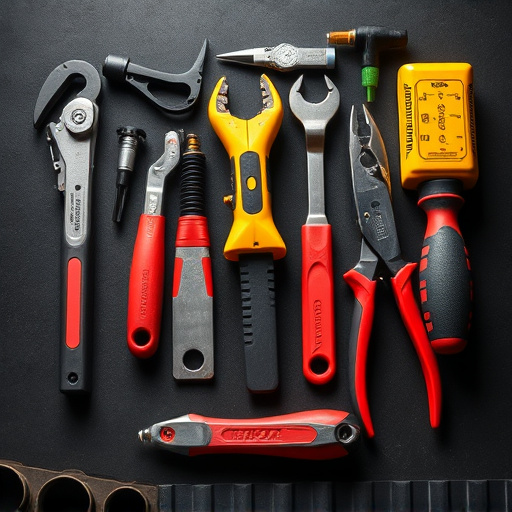
Regular undercarriage inspection repairs are a strategic component of any fuel efficiency plan. By addressing potential issues early, such as damaged components or debris buildup that could hinder airflow and weight distribution, vehicles can operate more optimally. This proactive approach aligns with broader fuel efficiency strategies, ensuring that engines are working at peak performance while minimizing unnecessary energy expenditure.
Undercarriage inspections also play a crucial role in identifying and rectifying issues related to auto body repairs, collision damage repair, and dent repair. These problems, if left unaddressed, can lead to increased drag forces, reduced tire contact with the road, and compromised aerodynamic design—all of which negatively impact fuel economy. Through regular maintenance, fleet managers and individual vehicle owners alike can implement effective solutions, enhancing overall efficiency and contributing to environmental sustainability.
Repair Techniques: Enhancing Efficiency Through Undercarriage Upgrades
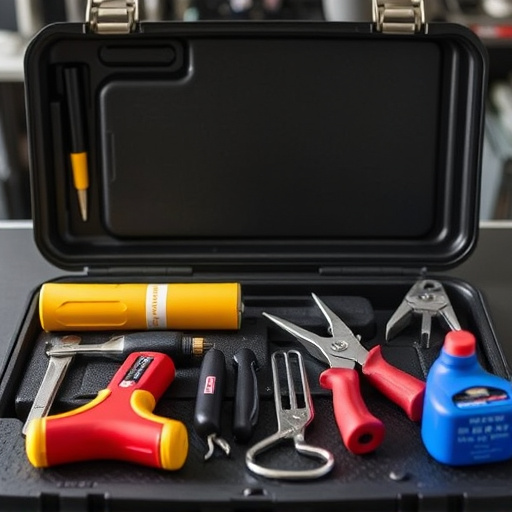
Undercarriage inspection repairs play a pivotal role in enhancing fuel efficiency by addressing critical components often overlooked during routine maintenance. Techniques like replacing worn-out parts, such as bushings and ball joints, can significantly reduce friction and improve wheel alignment. This, in turn, leads to smoother tire contact, minimizing rolling resistance and improving overall fuel economy.
Moreover, upgrading undercarriage components can be integrated with car paint repair and collision damage repair services at a trusted collision center. By combining these repairs, technicians can ensure not only structural integrity but also aerodynamic efficiency. Properly maintained undercarriages contribute to reduced drag, enabling the vehicle to glide more efficiently through the air, further augmenting fuel savings.
Undercarriage inspection repair plays a vital role in enhancing fuel efficiency, as regular maintenance can significantly impact a vehicle’s overall performance. By understanding the key components and implementing effective repair techniques, drivers can optimize their fuel consumption. This strategic approach not only benefits the environment but also saves costs in the long run, making undercarriage inspection repair a game-changer for efficient transportation.

